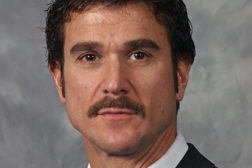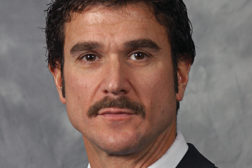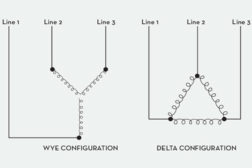Articles by John Tomczyk
The Professor: Low Ambient Controls Reduce Head Pressure
Control Is a Style of Head-Pressure Control Valve
Read More
The Professor: Diagnosing Bad HVAC Compressor Valves
When Low Head and High Suction Pressures Collide
Read More
The Professor: Flooding and Slugging of Compressors
Understanding the Terms Critical to Troubleshooting
Read More
The Professor: Recognizing, Solving Refrigerant Migration
Eliminating Refrigerant from the Compressor’s Suction Line or Crankcase
Read More
The Professor: Leak Checking a Water-Cooled Condenser
Locating Refrigeration Cycle Leaks May Be Easier Than You Think
Read More
The Professor: Three-Phase Motor Voltage Unbalance
Troubleshooting an Overheating Compressor
Read More
Copyright ©2024. All Rights Reserved BNP Media.
Design, CMS, Hosting & Web Development :: ePublishing










